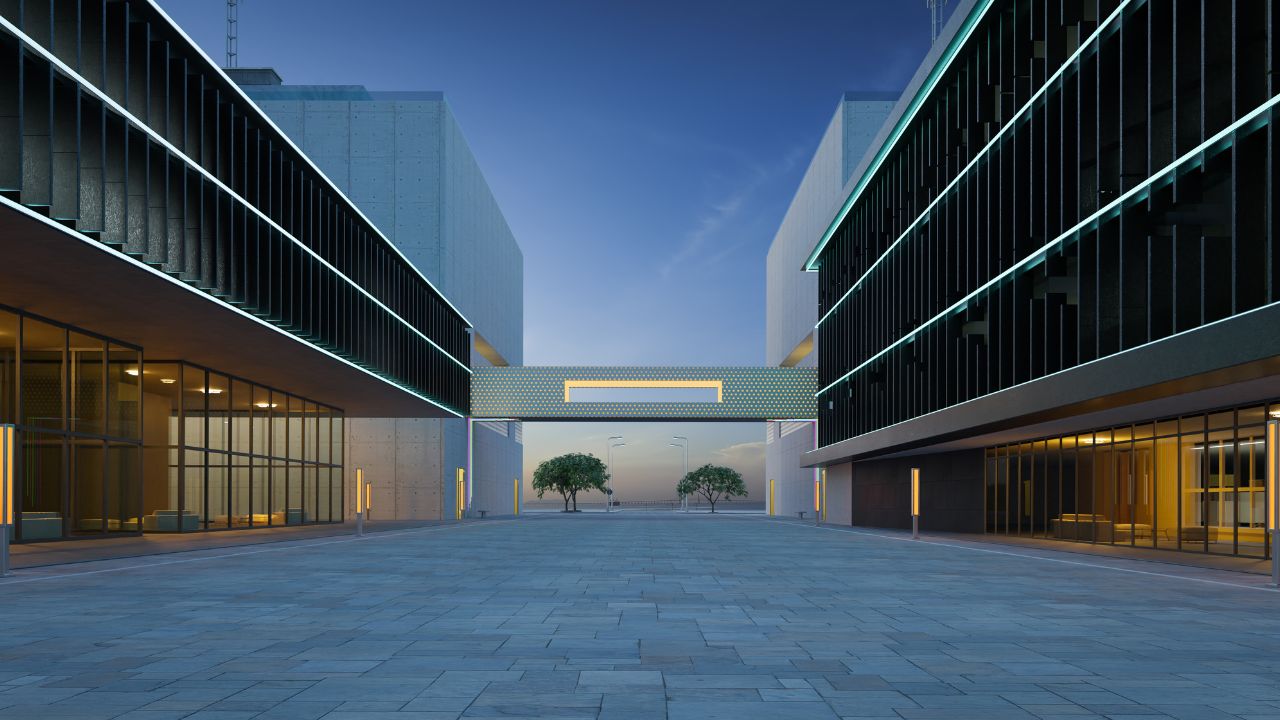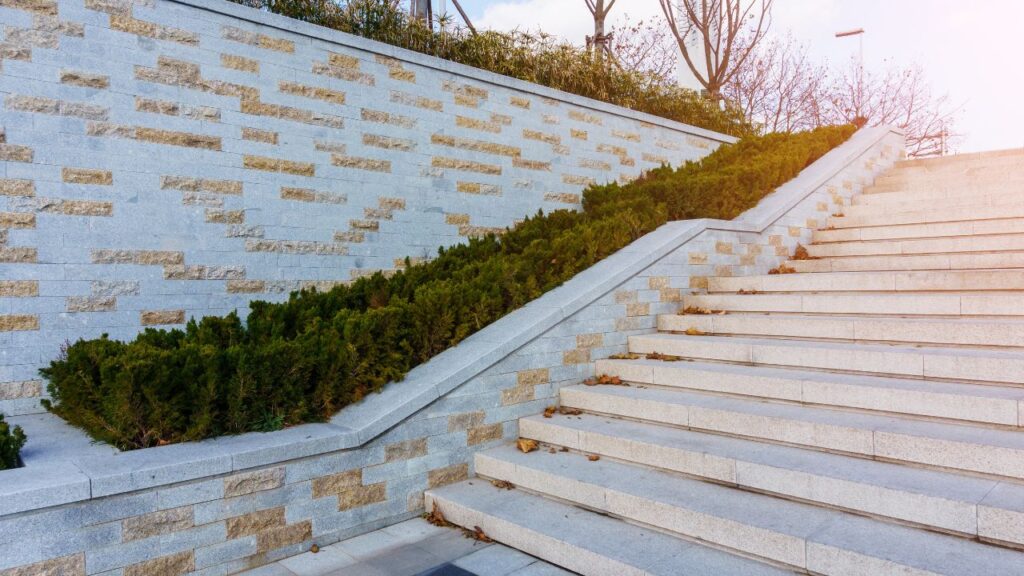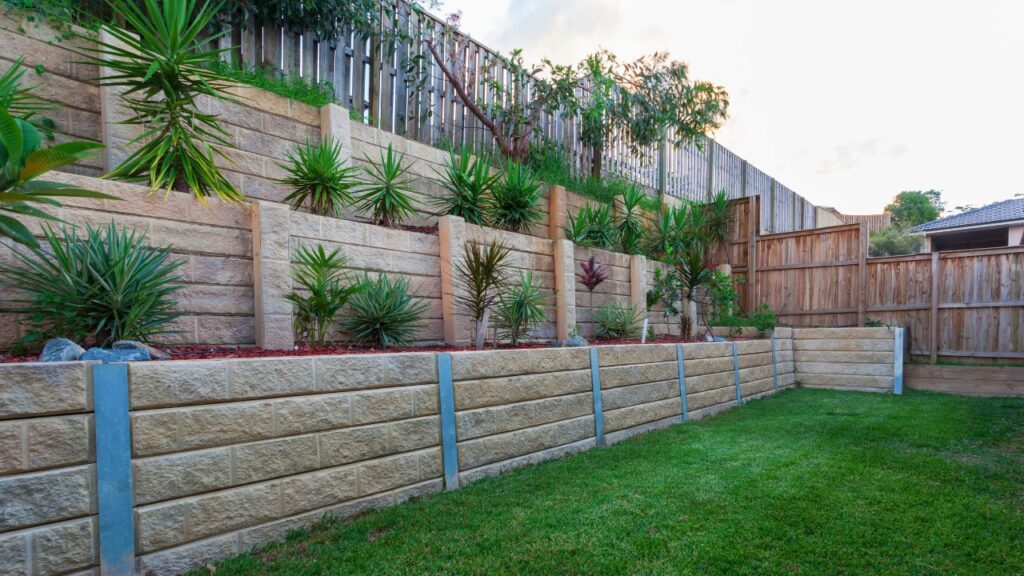Bid Strong, Bid Smart – Try Our Concrete Cost Estimating Service!
- Accurancy
- Efficiency
- Transparency
- Customization
- Time Saving
- Professionalism
- Cost Control

Constructing a hotel involves careful consideration of various elements, and one crucial aspect is the construction of retaining walls. Retaining walls serve both functional and aesthetic purposes, providing structural support to landscapes while contributing to the overall visual appeal of the property. In this article, we delve into the factors influencing the cost of concrete retaining walls in hotel construction, offering valuable insights for developers, architects, and project managers.

Retaining walls play a vital role in managing slopes, preventing soil erosion, and creating terraced spaces. In a hotel setting, these walls can enhance outdoor areas, create visually appealing landscapes, and contribute to the overall safety and stability of the property. A well-designed and well-constructed retaining wall not only serves a practical purpose but also becomes an integral part of the hotel’s aesthetics.

Fully Insured Licensed
Hotal Construction Contractor

Make Informed Design Decisions Showcase Your Design Ideas
Get RenderingUnderstanding the key factors that contribute to the overall cost of constructing concrete retaining walls is essential for effective budget management and successful project execution.
The complexity of the retaining wall design significantly influences construction costs. Unique patterns, curves, or specific finishes may require specialized formwork and skilled labor, contributing to increased expenses. Striking a balance between an aesthetically pleasing design and engineering requirements is crucial. Collaboration between architects, designers, and engineers becomes essential to align artistic aspirations with a realistic and economically viable construction plan.
The choice of concrete and reinforcing materials is a fundamental cost determinant. Opting for high-quality concrete or specialized mixes may result in higher costs per cubic yard, but this investment offers enhanced strength and durability. Developers and project managers need to conduct a thorough cost-benefit analysis to strike the right balance between material quality and economic considerations. This ensures that the selected materials align with the project’s goals while maintaining a judicious approach to budget constraints.
The dimensions and height of the retaining wall directly impact material and labor requirements, influencing overall costs. Taller or longer walls necessitate a greater volume of concrete and additional labor, contributing significantly to elevated expenses. Efficient planning and meticulous optimization of the wall’s dimensions become imperative strategies in managing costs effectively.

The condition of the construction site and the nature of the terrain wield considerable influence over construction costs. Sites with challenging soil conditions or steep slopes may require additional engineering and foundation work, contributing to increased expenses. Proactive site assessment and preparation become crucial in anticipating and mitigating potential challenges during construction.
The choice between traditional on-site pouring and modern methods, such as prefabrication, introduces varied cost dynamics. While on-site pouring may align with conventional construction practices, it may involve longer timelines and potentially higher labor costs. Prefabrication offers the potential for streamlined installation processes, potentially reducing labor costs and accelerating construction timelines. Developers must carefully consider the advantages and drawbacks of each methodology to align with project goals and ensure cost-effectiveness.
Optimizing the construction of hotel retaining walls involves implementing cost-saving strategies:
Effective collaboration between architects, designers, and engineers is paramount for achieving an optimal retaining wall design that balances aesthetics with structural integrity. This collaborative effort involves exploring creative possibilities within budget constraints, minimizing the need for excessive materials and labor without compromising the intended aesthetic impact.
The selection of construction materials involves a delicate balance between meeting performance requirements and considering cost implications. Developers engage in a thorough cost-benefit analysis, aiming to determine the most economical options without sacrificing quality. This process ensures that every investment in construction materials aligns with the overarching goals of the project, fostering a harmonious blend of durability, aesthetics, and budgetary prudence.

Exploring efficient construction methods, such as prefabrication, represents a proactive approach aimed at streamlining the installation process and reducing labor costs. Prefabrication allows for manufacturing elements off-site, saving valuable time and optimizing the allocation of resources. The strategic adoption of efficient construction methods becomes a testament to innovation, efficiency, and a commitment to optimal resource utilization.
Investing in thorough site preparation is a proactive strategy aimed at minimizing unexpected challenges during construction. This phase involves addressing soil conditions, conducting meticulous groundwork, and ensuring a well-prepared foundation. This initial investment pays dividends in preventing costly issues that may arise later in the project, contributing significantly to overall cost control and the project’s long-term success.
Providing a precise cost estimate without specific project details is challenging. However, here’s a general cost range to give you an idea:

It’s crucial to note that these figures serve as initial reference points, and the actual cost may vary based on factors such as design complexity, material selection, and site-specific considerations.
The construction of concrete retaining walls in hotel projects requires a thoughtful balance between aesthetics and cost considerations. These walls serve both functional and decorative purposes, impacting the overall stability and visual appeal of the property. By implementing cost-saving strategies, optimizing designs, ensuring material efficiency, adopting efficient construction methods, and investing in proactive site preparation, developers can achieve both visually appealing and cost-effective retaining walls. Consider the provided cost ranges as starting points, with the actual cost potentially varying based on the unique requirements of each project.
Retaining walls in hotel construction serve both functional and aesthetic purposes. They provide structural support to landscapes, prevent soil erosion, and contribute to the overall visual appeal of the property. Well-designed and constructed retaining walls enhance outdoor areas, create visually appealing landscapes, and contribute to the safety and stability of the hotel.
The complexity of the retaining wall design, such as unique patterns, curves, or specific finishes, can significantly influence construction costs. Specialized formwork and skilled labor may be required, contributing to increased expenses. Striking a balance between an aesthetically pleasing design and engineering requirements is crucial for cost-effective construction.
Material selection for retaining walls is influenced by factors such as strength, durability, and cost. Opting for high-quality concrete or specialized mixes may result in higher costs per cubic yard, but this investment offers enhanced strength and longevity. Developers conduct a thorough cost-benefit analysis to balance material quality with economic considerations.
The condition of the construction site and the nature of the terrain can significantly impact construction costs. Sites with challenging soil conditions or steep slopes may require additional engineering and foundation work, contributing to increased expenses. Proactive site assessment and preparation are crucial in anticipating and mitigating potential challenges during construction.
The choice between traditional on-site pouring and modern methods, such as prefabrication, introduces varied cost dynamics. While on-site pouring may align with conventional practices, it may involve longer timelines and potentially higher labor costs. Prefabrication offers streamlined installation processes, potentially reducing labor costs and accelerating construction timelines. Developers carefully consider these factors to ensure cost-effectiveness.
It’s important to note that these figures serve as initial reference points, and actual costs may vary based on factors such as design complexity, material selection, and site-specific considerations.
Here I am going to share some steps to get your hotel retaining wall concrete cost estimate report.
You can send us your plan on info@estimatorflorida.com
Before starting your project, we send you a quote for your service. That quote will have detailed information about your project. Here you will get information about the size, difficulty, complexity and bid date when determining pricing.
Our team will takeoff and estimate your project. When we deliver you’ll receive a PDF and an Excel file of your estimate. We can also offer construction lead generation services for the jobs you’d like to pursue further.



561-530-2845
info@estimatorflorida.com
Address
5245 Wiles Rd Apt 3-102 St. Pete Beach, FL 33073 United States
561-530-2845
info@estimatorflorida.com
Address
5245 Wiles Rd Apt 3-102 St. Pete Beach, FL 33073 United States
All copyright © Reserved | Designed By V Marketing Media | Disclaimer